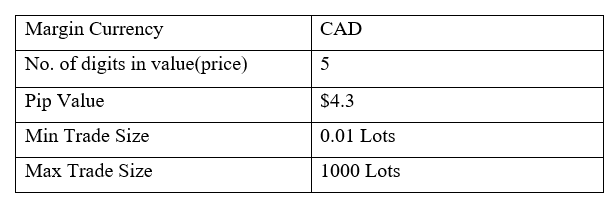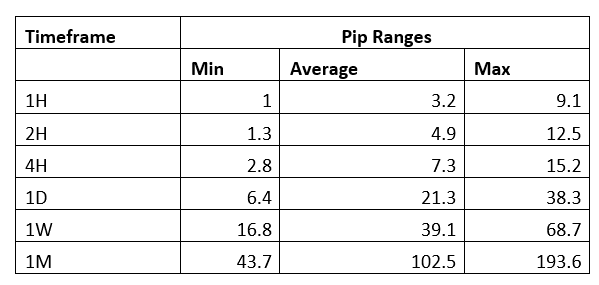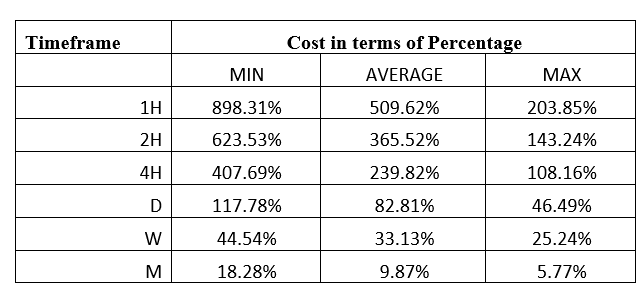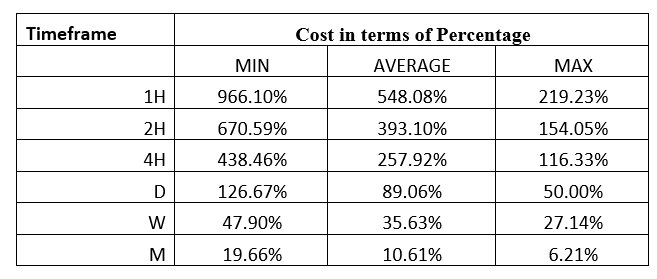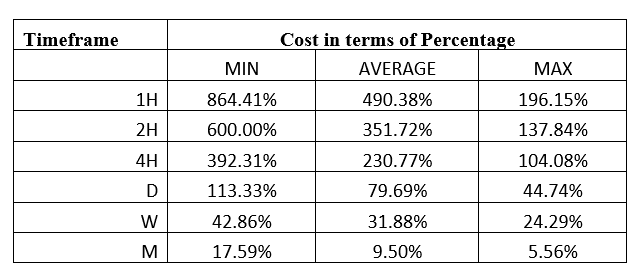Introduction
In fundamental analysis, we can interpret two countries’ economic data of a cross-currency to predict the upcoming price movement. On the other hand, even if we ignore the US dollar, it has some shadow effect on a currency cross.
How to Trade Fundamentals with Currency Crosses
Let’s say Australia’s economic condition is good, and the Reserve Bank of Australia increased the interest rate. As a result, the primary expectation is that the AUD will be stronger against other currencies. On the other hand, we can find other currencies that are facing economic difficulties. Let’s say Eurozone is struggling, and ECB provided some dovish tone to provide an outlook of the current economic condition.
In this situation, we can evaluate the Eurozone’s economic condition and Australia to determine which country is doing well. If Australia shows a better than expected employment report, our first aim would be to buy AUDUSD. However, what happens if the USA showed a strong employment report?
Yes, AUDUSD might consolidate, and the difference between supply and demand would not change. In this situation, it is better to find other currencies that are weaker than in Australia.
Is Fundamental Trading Profitable for Currency Crosses?
In Forex trading, we predict a currency pair’s upcoming movement based on the technical and fundamental analysis. When we see that one currency has reason to become stronger than other currencies, we anticipate the price towards the stronger currency. The fundamental analysis is a process to find a stronger or weaker currency in a currency pair.
Due to having a lot of equity and market participants’ involvement, any fundamental news works well in USD related currency pairs. However, it does not mean trading currency crosses with fundamental analysis is not profitable.
We can quickly evaluate the UK and Japan’s economic conditions to identify the price direction of GBPJPY. Therefore, we can apply the same theory to every currency cross, like AUDJPY, AUDCHF, NZDCAD, or AUDNZD.
Concussion
Fundamental analysis is a process to anticipate the movement of a currency pair based on the two countries’ economic conditions. However, making an analysis ideally is the primary tool to make a profit from the forex market. Therefore, we should focus on money management, risk management, and trade management to get the ultimate trading result.
[wp_quiz id=”86506″]


